
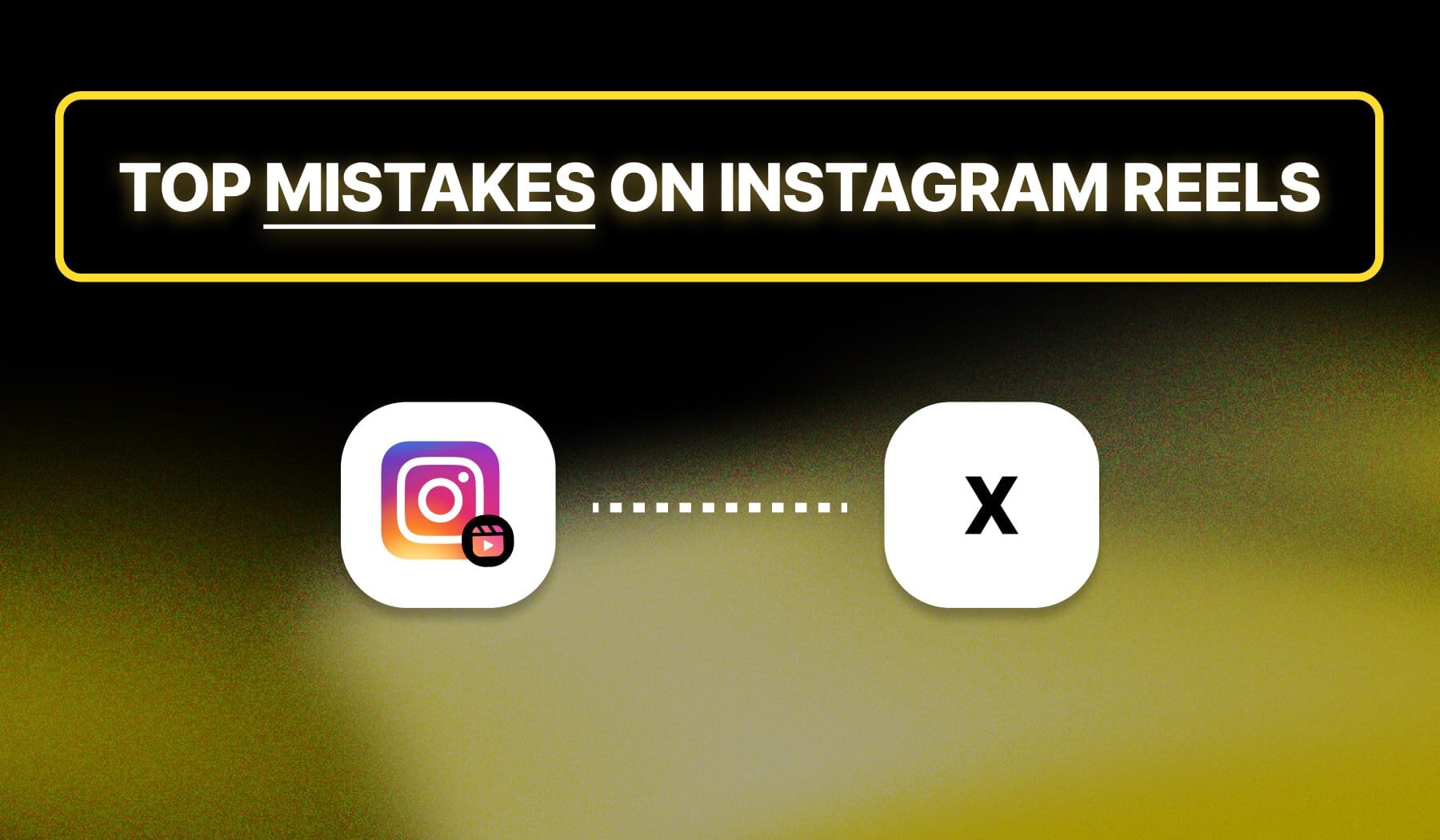
Creating engaging Instagram Reels is essential for growing your audience and maximizing your impact.
In this guide, our Instagram experts will share with you:
- The 5 most common mistakes we’re seeing
- And stuff you should stop doing…
- In order to properly grow your Instagram via Reels
5 Things to STOP Doing on Instagram Reels
These are the 5 things you should stop doing on Instagram Reels: ignoring trends, making long videos, overusing effects, neglecting captions, and ignoring analytics.
Let’s see why!
1. Stop Ignoring Trends
Trends can significantly boost your visibility and engagement on Instagram Reels. When you tap into what’s currently popular, your content is more likely to reach a wider audience.
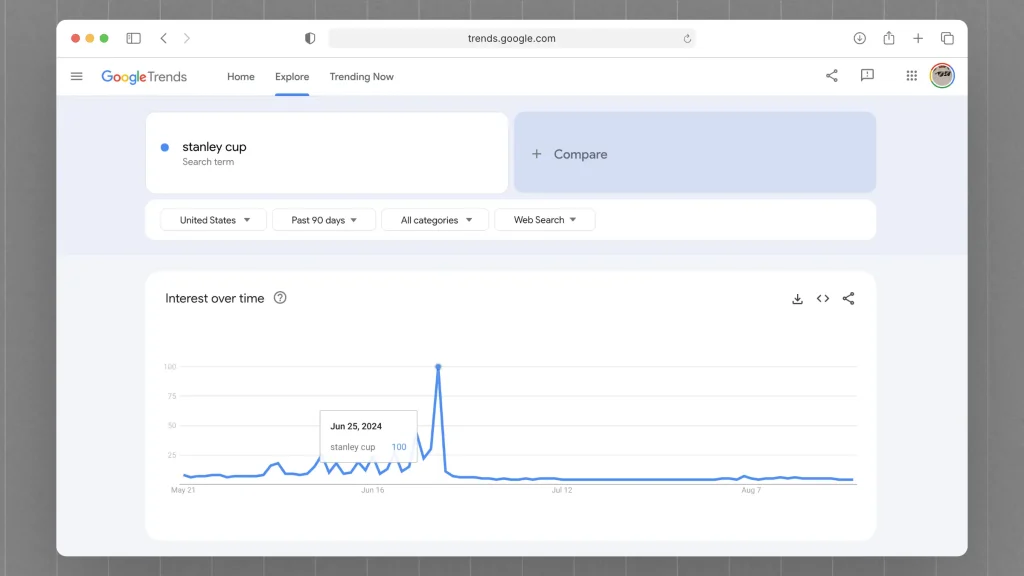
- Monitor trending sounds, challenges, and hashtags: Keep an eye on the Explore page and trending sections to see what’s gaining traction.
- Adapt popular trends to fit your niche and style: Incorporate elements that resonate with your brand while maintaining authenticity.
2. Stop Making Long Videos
Long videos can quickly lose viewer interest, especially on a platform like Instagram…
Let alone on IG Reels, where attention spans are short. Aim for concise content that keeps your audience engaged from start to finish.
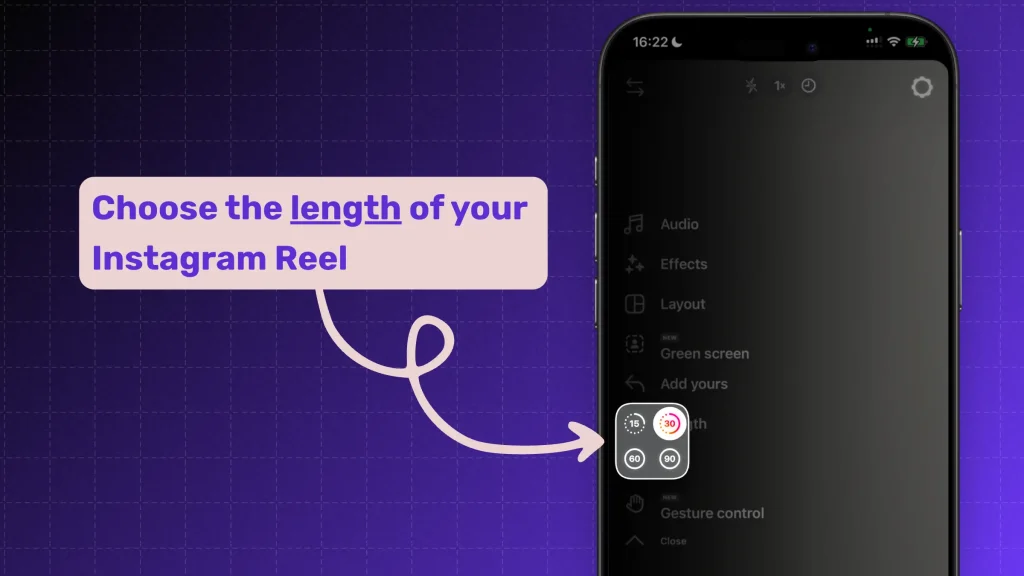
- Aim for concise content that gets to the point: Ideally, keep your Reels between 15 to 30 seconds to maintain engagement.
- Use editing techniques to keep the pace lively: Quick cuts, engaging visuals, and dynamic transitions can help maintain viewer interest.
Find out what is the ideal Reels video length.
3. Stop Overusing Effects
While effects can enhance your videos, too many can distract viewers from your main message. Striking a balance is crucial to keeping your content clear and engaging.
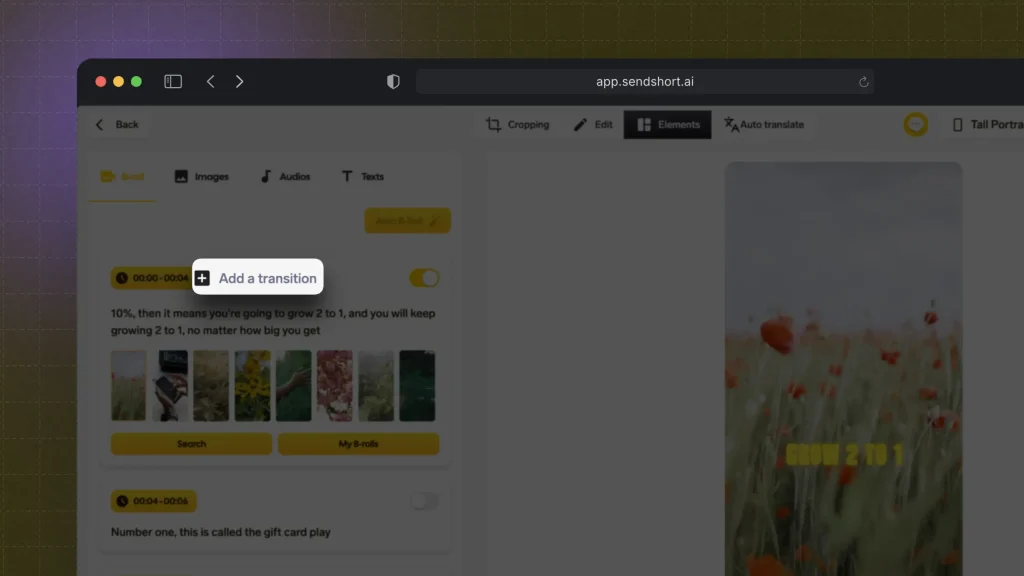
- Use effects sparingly and purposefully: Choose effects that enhance your storytelling rather than overshadow it.
- Focus on storytelling and your core message: Ensure that the effects you use serve to highlight your content, not detract from it.
4. Stop Neglecting Captions
Captions are an essential aspect of your Reels, providing context and enhancing engagement. A well-crafted caption can lead to more interactions and shares.
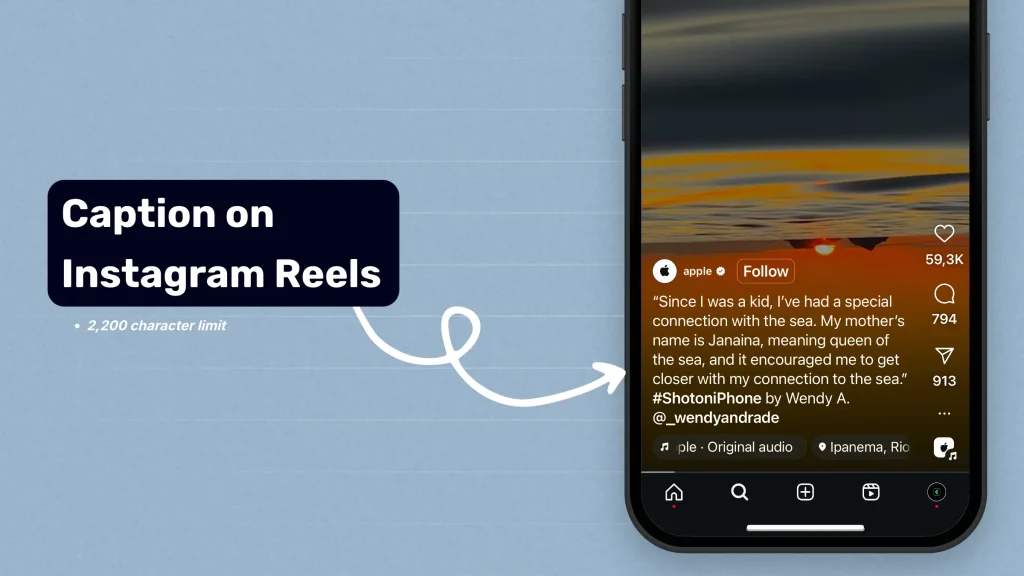
- Write compelling captions that complement your video: Use captions to explain your content, share insights, or add humor.
- Include calls-to-action to encourage interaction: Prompt your viewers to like, share, or comment, which can boost your video’s visibility.
Related: How to add captions (subtitles).
5. Stop Ignoring Analytics
Analytics provide valuable insights into what works and what doesn’t, allowing you to refine your content strategy over time. Ignoring these metrics can hinder your growth on the platform.
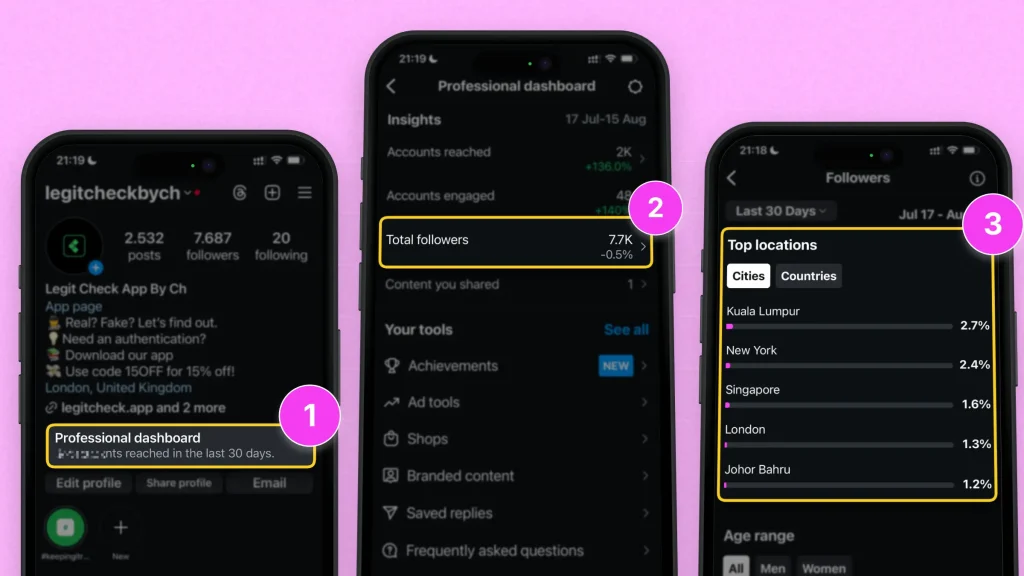
- Regularly review your performance metrics: Track views, likes, shares, and comments to gauge the success of your Reels.
- Adjust your strategy based on audience engagement and feedback: Use data to identify which content resonates most with your audience and tailor your future Reels accordingly.
Answering FAQs
1. What should you not do on Instagram Reels?
Here are key things you should avoid doing on Instagram Reels:
- Ignoring Trends: Not staying updated on current trends can limit your reach and engagement.
- Creating Long Videos: Lengthy content can lose viewer interest; aim for concise clips.
- Overusing Effects: Excessive effects can distract from your message; use them purposefully.
- Neglecting Captions: Failing to add captions misses an opportunity for context and engagement.
- Ignoring Analytics: Not analyzing performance metrics can hinder your content strategy and growth.
- Posting Inconsistent Content: Inconsistency in quality or theme can confuse your audience and reduce loyalty.
- Not Engaging with Your Audience: Ignoring comments and messages can make followers feel undervalued.
Avoiding these common pitfalls can help enhance your Instagram Reels presence and audience engagement.
2. Is deleting an Instagram Reel bad?
Answer: No, it generally isn’t bad deleting an Instagram Reel.
Deleting a Reel isn’t necessarily bad, but it can have implications depending on the context.
- If you believe a Reel negatively impacts your brand or doesn’t align with your goals, deleting it can be justified. However, consider its performance and engagement levels before making a decision.
- If you’re uncertain, consider archiving the Reel instead, allowing you to hide it without permanently deleting it.
| Pros | Cons |
|---|---|
| Quality Control: Maintains overall content quality and brand aesthetic. | Loss of Engagement: You lose views, likes, and comments associated with the Reel. |
| Performance Issues: Removes underperforming content that may hurt overall metrics. | Impact on Algorithm: Frequent deletions may affect how the algorithm views your account. |
| Brand Image: Protects your brand by removing content that no longer aligns with your values. | Inconsistent Content: May create an impression of indecisiveness in your content strategy. |
3. Should you repost a Reel if it doesn’t do well?
Answer: You should only repost a Reel if it got more than 1 view. If It has 0 views, then it’s likely that the video is against the guidelines.
When to Repost a Reel
- Content Quality: If the content is high-quality but didn’t gain traction due to timing or other external factors, reposting can give it a second chance.
- New Audience: If your audience has grown since the original post, reposting might reach more viewers who missed it the first time.
- Revised Caption or Hashtags: If you believe changes in the caption or hashtags can enhance visibility, it may be worth reposting.
- Timing and Trends: If the content aligns with a current trend or event, reposting it at the right time can increase engagement.
When Not to Repost a Reel
- Poor Engagement Metrics: If the original Reel performed poorly due to content quality or relevance, reposting may not yield better results.
- Audience Fatigue: Frequent reposting can lead to audience fatigue, causing them to disengage or unfollow.
- Negative Feedback: If the Reel received negative comments or backlash, it might be best to avoid reposting it altogether.
Reposting can be effective if you have a solid strategy in place and believe that the content has value. Make sure to analyze the reasons for the original post’s underperformance and adjust your approach accordingly to maximize engagement this time around.
Thanks a lot for reading this,
David Ch
Head of the Editing Team at SendShort







